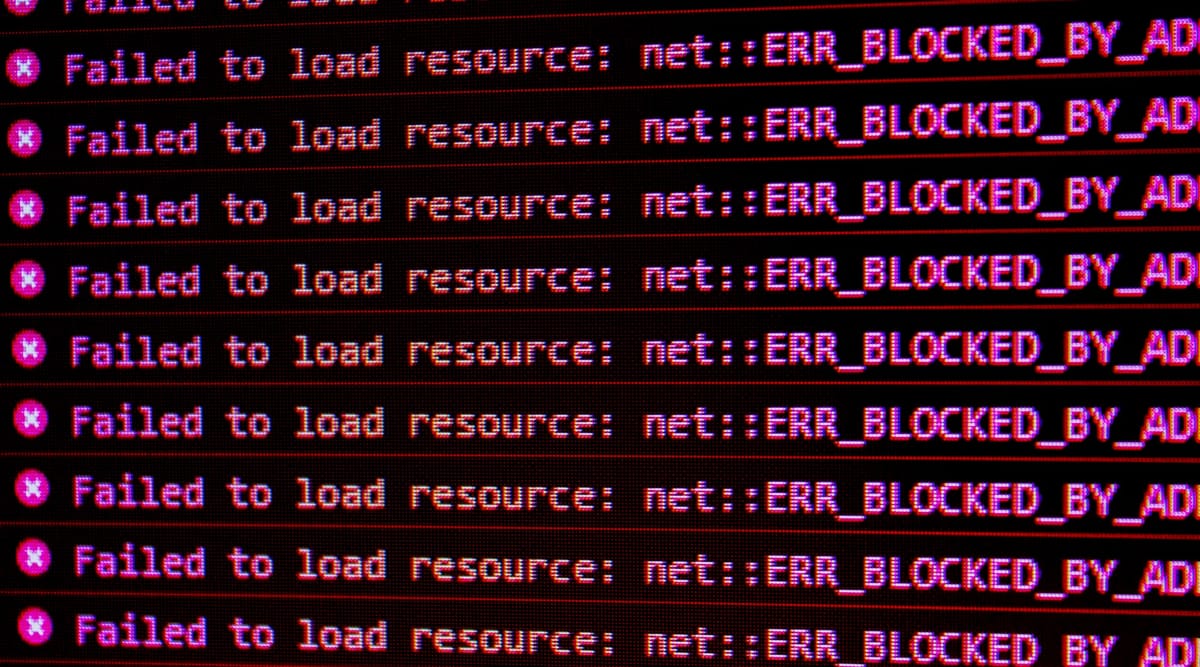AWS DNS Outage, Ransomware Surge, Edge Device Vulnerabilities, Windows Update Issues, AI‑Driven Identity Theft

AWS DNS‑Centric Outage – Operational Implications
The 20 Oct 2025 AWS disruption originated from a DNS resolution failure for the DynamoDB endpoint in US‑EAST‑1, causing error spikes across 78+ services. The outage persisted for roughly four hours, with residual latency for up to six hours in some regions. Over 8.1 M global outage reports were logged, including 1.9 M from the UK, and at least 2 000 tickets were filed by enterprises such as Prime Video, Lloyds, United Airlines, and Perplexity AI.
Root‑cause analysis confirms a single‑point DNS failure, amplified by client‑side retry storms that overloaded control‑plane components. The event demonstrates that DNS availability is a first‑order prerequisite for cloud reliability and that tight coupling to a single region creates systemic risk.
Recommendations:
- Deploy multi‑region DNS routing or external DNS failover for critical endpoints.
- Implement client‑side caching policies with exponential back‑off to dampen retry storms.
- Separate health dashboards for DNS metrics and service‑level metrics.
- Architect data replication across at least two regions (e.g., DynamoDB Global Tables).
Ransomware Surge – Askul & Qilin Cases
Askul’s logistics platform and Asahi Group’s Qilin ransomware incident both began with phishing‑derived credential theft, followed by lateral movement into ERP and warehouse‑management systems. Askul experienced a complete storefront shutdown for >72 h, while Asahi faced a $2.5 M extortion claim.
Threat‑intel reports place phishing at the origin of 90 % of attacks, and CVE‑2025‑55315 (CVSS 9.9) was actively exploited during the same period, indicating that high‑severity unpatched vulnerabilities accelerate ransomware deployment.
Cross‑incident analysis reveals four emerging patterns:
- Supply‑chain dependency: a single partner compromise cascades to multiple downstream services.
- Ransomware‑as‑a‑Service (RaaS) and extortion‑as‑a‑service models lower the skill barrier for actors.
- Zero‑day exploitation of CVSS ≥ 9.0 bugs remains a primary escalation vector.
- Multi‑region deployments are increasingly mandated to mitigate cascade effects.
Recommendations:
- Enforce MFA and credential rotation for privileged accounts.
- Adopt immutable, air‑gapped backup strategies with hourly RPO for critical databases.
- Prioritize patching of CVEs with CVSS ≥ 9.0, especially those observed in the wild.
- Conduct tabletop simulations of DNS and ransomware incidents to validate response playbooks.
Network‑Edge Device Vulnerabilities – Citrix, Fortinet, Palo Alto
7 critical CVEs across Citrix NetScaler, Fortinet FortiManager/FortiCloud, and Palo Alto PAN‑OS, with CVSS scores ranging from 8.2 to 9.8 are gaining traction. GreyNoise recorded >12 M daily probes targeting these assets, and Censys reports roughly 680 k publicly reachable F5 BIG‑IP instances and 300 k FortiManager devices remain unpatched.
Exploitation outcomes include full remote‑code execution without authentication, lateral movement, and ransomware deployment. The prevalence of unpatched edge devices correlates with a 23 % increase in ransomware payouts where the initial foothold was an edge appliance.
Recommendations:
- Execute an immediate asset‑discovery sweep to inventory all edge devices.
- Apply patches for FortiManager CVE‑1920‑47575 and Citrix NetScaler CVE‑2024‑3400 as top priority.
- Isolate management interfaces on dedicated VLANs and enforce MFA.
- Integrate continuous vulnerability scanning of edge firmware into SIEM pipelines.
- Adopt Zero‑Trust network segmentation for device‑to‑device traffic.
Windows October 2025 Update – SMB Privilege Escalation & Regression
KB 5066835 introduced two distinct failures. CVE‑2025‑33073 (CVSS 9.8) allowed unauthenticated SMB privilege escalation via malformed TRANS2 requests, while a regression in http.sys caused localhost HTTP/2 connections to reset and a missing usbehci.sys driver broke USB input in WinRE.
Telemetry indicates a 31 % failure rate for localhost HTTP/2 on development boxes and a 23 % WinRE USB failure rate on surveyed laptops. Microsoft issued an out‑of‑band patch (KB 5070773) seven days later; 48 % of affected tenants applied a KIR rollback within 48 h.
Recommendations:
- Deploy KB 5070773 immediately on all Windows 10/11/Server 2025 systems.
- Validate WinRE images for the presence of usbehci.sys before production rollout.
- Implement a sandboxed pre‑deployment test suite that validates localhost HTTP/2 functionality.
- Consider migrating critical services to containerized Linux workloads to reduce reliance on Windows cumulative updates.
AI‑Assisted Identity Theft & State‑Sponsored Threat Actors
There has been a 32 % rise in identity‑theft incidents, with 97 % still revolving around password compromise. Large‑language‑model (LLM) tools now generate personalized phishing content at scale, increasing click‑through rates by 18 % versus manual campaigns. Europol’s “SIMCartel” takedown disclosed 49 M fraudulent online accounts and 40 000 active SIM cards, fueling mass‑scale SIM‑swap fraud that generated $9.3 B in cryptocurrency losses.
State‑sponsored groups have integrated AI and blockchain into their toolsets: North Korean “EtherHiding” embeds malware in Ethereum smart contracts; Chinese UNC‑5291 maintains ArcGIS server backdoors; Russian “LOSTKEYS” leverages AI‑crafted implants. Simultaneously, edge‑device CVEs (e.g., 175 high‑severity bugs disclosed in October) are being scanned by nation‑state actors in coordinated waves.
Recommendations:
- Replace SMS‑based 2FA with hardware U2F tokens and adopt risk‑based adaptive authentication.
- Deploy LLM‑enabled email sandboxing that rewrites or neutralizes malicious payloads while preserving legitimate content.
- Enforce signed extension policies for development IDEs and automate SBOM validation to detect injected code.
- Patch all exposed F5 BIG‑IP and Cisco SNMP devices within 48 h of CVE publication.
- Participate in ISAC threat‑intel sharing focused on AI‑driven attacks and SIM‑farm indicators.



Comments ()